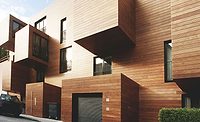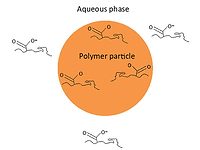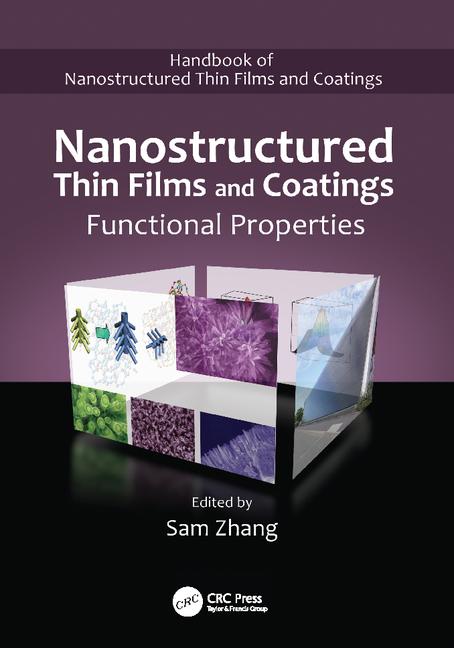How Will Functional Binders for Low-VOC Architectural Coatings Impact the Global Construction Industry?

Low-VOC architectural coatings no longer belong to the specialty category but are rapidly entering in the ‘must-have’ league. Stringent regulations, in tune with increasing concern for environmental sustainability, are necessitating the adoption of low-VOC architectural coatings by a notable margin.
Concerns about use of VOCs and shifting preference towards environmentally responsible products are two of the key aspects fostering the popularity of low-VOC architectural coatings. Favorable certifications such as LEED (Leadership in Energy and Environmental Design) mostly require low- or zero-VOC paints, having a significant contribution towards the rising adoption of low-VOC architectural coatings.
Apart from their low-emission characteristics, low-VOC architectural coatings are also being sought-after by virtue of their low-odor characteristic. This, in turn, facilitates seamless painting across occupied spaces with no or minimal disruption to the daily activities. Rising vigor of green building standards, associated with high quality of indoor air, has become pervasive across multiple regions worldwide, spurring the adoption of low-VOC architectural coatings.
The emerging concept of ‘zero-emission cities across the globe is reinforcing mandates oriented towards the curbing of emission rates and improving air quality. Besides vehicular infrastructure, this trend is also penetrating in the construction space and is strengthening the clamor for products with minimum emissions, including low-VOC architectural coatings.
Moreover, progression of the ‘smart city’ concept is also creating favorable circumstances for both adoption of low-VOC architectural coatings to comply with low emissions and the importance of functional binders with regard to quality standards.
Preventing the growth of molds and mildew on coating films and surfaces is pushing the utility of low-VOC architectural coatings having anti-microbial properties.
Low-VOC architectural coatings are water-based instead of containing organic solvents, which solidifies their interpretation of being a safe and viable solution that safeguards environmental sustainability. Moreover, UV resistance, extended durability and enhanced flexibility are some of the crucial attributes enhancing the appeal of low-VOC architectural coatings in the construction industry.
The growing demand for low-VOC architectural coatings is also gaining momentum from the rising number of stringent regulations apropos of VOC emissions. For instance, as per the U.S. EPA’s National Volatile Organic Compound Emission Standards for Consumer and Commercial Products, VOC levels across multiple applications have to be under strict control, with architectural coatings being one of the primary products. With the rising propensity of customers towards products complying with the aforementioned, the demand for low-VOC architectural coatings is likely to remain at an all-time high.
Functional Binders in Low-VOC Architectural Coatings
Functional binders, when incorporated in low-VOC architectural coatings, offer a wide range of benefits in construction applications in terms of texture as well as durability. Preferences for low-VOC architectural coatings that contain functional binders oscillate from opaque to transparent variants, depending on the desired results or specifications.
High compatibility of low-VOC architectural coatings with functional binders in decorative coatings, ranging from light creamy to non-drip structures, is another factor scaling up their demand amid the construction space. Moreover, integration of functional binders in low-VOC architectural coatings offers superlative water resistance and minimum tackiness, which solidifies its importance for obtaining high-quality finishes.
The incorporation of functional binders in low-VOC architectural coatings offers excellent adhesion on various substrates and also helps in attaining excellent tint retention. Moreover, functional binders integrated with low-VOC architectural coatings offer high dirt pick-up resistance and easy-to-clean surfaces, ensuring optimized performance.
The type and quantity of binder incorporated in low-VOC architectural coatings have profound influences on various performance factors that are highly valued across construction spaces, such as stain resistance, endurance, adhesion, flexibility and resistance to cracking. This provides enough credence to the fact that the quality of low-VOC architectural coatings remains directly proportional to the ratio of functional binder to pigment, signifying the importance of functional binders in ensuring overall optimal efficiency of low-VOC architectural coatings. Moreover, manufacturers are offering custom-designed functional binders for low-VOC architectural coatings to benefit a variety of construction applications, and are extensively tailored to meet the end-user specifications.
Facility managers are paying close attention to the process of coordination with the manufacturer’s representatives and selection of an appropriate functional binder type in line with the requirements of a particular construction application.
Flourishing Construction Activities in APEJ
The number of construction and infrastructure projects in the APEJ (Asia Pacific, Excluding Japan) region are increasing drastically, and the growth is not anticipated to slow down anytime soon. The unprecedented growth of the APEJ construction industry, coupled with rising sensitivity towards environmental sustainability, is likely to pave new avenues for high-scale adoption of low-VOC architectural coatings.
The Chinese government is actively working towards large-scale adoption of radiation-cured technologies in a bid to curb VOC emission rates in multiple applications, with architectural coatings being no exception. Initiatives as such are poised to foster the popularity of high-performance low-VOC architectural coatings, postulating the rising adoption of functional binders.
Multi-pronged developments with regard to low-VOC waterborne coating solutions for use in construction applications is gaining prominence across the key countries of APEJ. An emphasis on the introduction of new coating technologies, such as anti-graffiti coatings and nano-smart coating technologies, is also witnessing a promising rise across the key countries of APEJ, and is creating enough scope for the incorporation of functional binders. Developments as such form the foundations for projecting an optimistic adoption course of functional binders in the upcoming years.
The insights presented here are from a research study on Architectural Coatings Market by Fact.MR
Looking for a reprint of this article?
From high-res PDFs to custom plaques, order your copy today!









